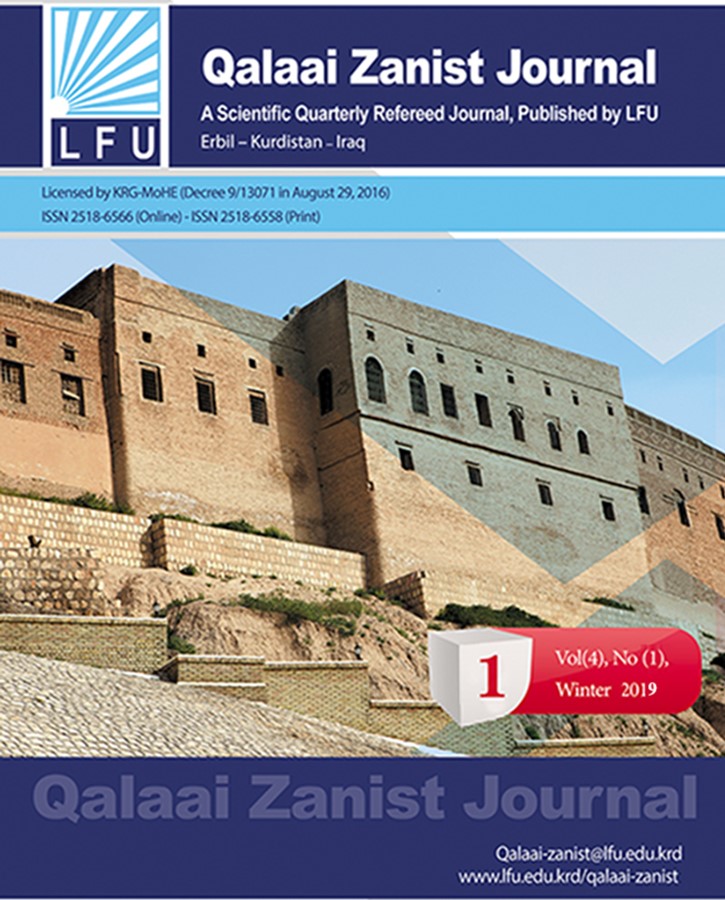Constitutional organization for the formation of the Supreme Federal Court in Iraq and its relationship with the rights of the Territories An analytical study
##plugins.themes.bootstrap3.article.main##
Abstract
After the implementation of the federalism in Iraq and the voluntary unification of the components of new Iraq in 2004 and emphasizing on regulating the interim constitution, there was a radical change in all the state institutions. Amidst these changes, the judicial system was not exempt from these alterations, especially in the recognition of the bilateral legal system on regional and federal levels, and the establishment of the Federal Supreme Court, which represents the highest authority in Judicial Foundation on the level of federal justice, in terms of the status and power of its decisions on constitutional issues and problems between federal entities and federal institutions. But due to the passage of this court through three stages of various legislative and regulatory adjustments, and in anticipation of the new legal regulation, several problems related the , composition and implementation of its functions, despite the capacity of regional participation, have become worth noting and questioning its instability, absence of the regulation of the above-mentioned law in the 2005 Interim Constitution, to determine the number of members and how they are employed and the procedures of the Court It is worth mentioning that this research is based on the method of analyzing the constitutional and related legal rules and regulations examines the establishment and constituent of the court and participation of the regions in it, in addition to stating and explaining related issue.
Downloads
##plugins.themes.bootstrap3.article.details##
How to Cite
Copyright (c) 2019 عبدالملك يونس محمد، سۆران علی حسن

This work is licensed under a Creative Commons Attribution 4.0 International License.

